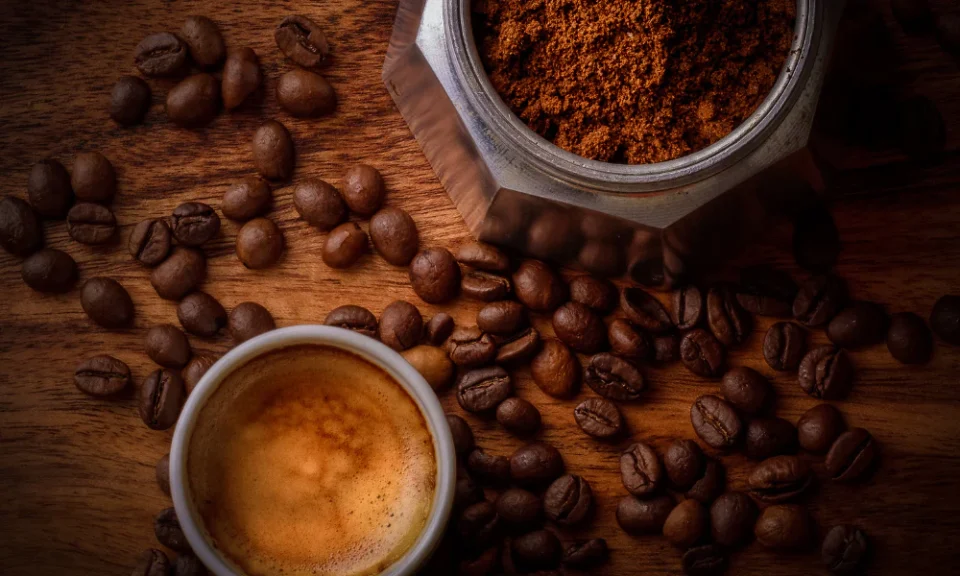Choosing the right coffee beans can feel overwhelming—especially if you’re just starting your journey into the world of speciality brews. From espresso purists to cafetière fans, everyone has different preferences when it comes to flavour, aroma, and strength.
But there’s one factor that affects all of these: the roast profile. Understanding the difference between light, medium, and dark roasts can help you select the ideal bean for your brew method and personal taste.
In this beginner’s guide, we break down what roast levels really mean, how they affect your cup, and how to match them to your preferred way of brewing—whether you’re making espresso coffee or a slow Sunday pour-over.
What Does “Roast” Really Mean?
Roasting is the process of heating green coffee beans to transform them into the aromatic, flavour-rich beans we all love. The longer the roast, the darker the bean—and the more oils are drawn to the surface.
Each roast level brings out different characteristics in the bean:
- Light roasts are bright, acidic, and highlight the bean’s origin.
- Medium roasts offer a balance of body and flavour.
- Dark roasts are bold, bitter-sweet, and full-bodied.
Let’s explore each in more detail.
Light Roast: For Subtlety and Complexity
Flavour profile:
Light roasts tend to be fruity, floral, and acidic. They preserve more of the bean’s original characteristics—meaning the origin country, altitude, and processing method all shine through.
Ideal brew methods:
- Pour-over (e.g., V60 or Chemex)
- Aeropress
- Filter coffee machines
Not ideal for:
Espresso—light roasts can taste sour or underdeveloped when highly concentrated.
Best for:
Drinkers who enjoy nuanced flavours and a tea-like texture. A great option for single-origin beans.
Medium Roast: The All-Rounder
Flavour profile:
Medium roasts balance brightness and body, often featuring notes of nuts, chocolate, and mild fruit. They’re smooth, approachable, and make excellent all-day brews.
Ideal brew methods:
- Cafetière (French press)
- Drip/filter coffee
- Espresso (with a lighter body and more clarity)
Great for:
Those seeking a versatile bean that works across multiple brewing methods without being too acidic or too heavy.
Tip:
Many of our espresso coffee blends use medium roasts to balance clarity with crema.
Dark Roast: Bold and Bitter-Sweet
Flavour profile:
Dark roasts have lower acidity and bold flavours like dark chocolate, caramel, and roasted nuts. The long roast time gives them a heavier body and a smoky depth.
Ideal brew methods:
- Espresso machines
- Moka pot
- Cafetière for those who like strong coffee
Not ideal for:
Delicate brewing methods like pour-over, where the roast can overpower the subtleties.
Best for:
Fans of rich, full-bodied coffee and classic espresso drinks like cappuccinos and flat whites.
Explore our range of dark roast coffee beans perfect for espresso and milk-based drinks.
Roast vs Brew Method: Why It Matters
Pairing the wrong roast with the wrong method can lead to disappointing results. For example:
- Brewing light roast in a stovetop Moka pot can taste sour and underdeveloped.
- Brewing dark roast in a Chemex may taste too bitter or heavy.
- Using a medium roast in espresso can deliver smooth, balanced results if ground and extracted properly.
Choosing the right roast helps you get the most out of your brewing gear—and your morning cup.
Freshness Still Comes First
Regardless of roast profile, freshness is critical. Always look for recently roasted beans and store them in an airtight container away from light and moisture.
At Discount Coffee, we roast in small batches to ensure that your coffee beans arrive fresh, aromatic, and ready for brewing.
Summary: Which Roast Is Right for You?
- Light roast: Bright, complex, best for filter and pour-over
- Medium roast: Balanced, smooth, great for French press or espresso
- Dark roast: Bold, rich, ideal for espresso and milk drinks
Still unsure? Start with a medium roast—it’s the most versatile and forgiving. From there, experiment with other profiles based on your taste preferences and brewing equipment.
Final Thoughts
Understanding roast profiles is the first step to brewing better coffee. Whether you’re using a bean-to-cup machine or pulling a shot of espresso coffee manually, matching the roast to your method can transform your daily cup from average to exceptional.
Explore, taste, and tweak—because finding the right roast is part of the fun.
Find Your Perfect Roast
Shop All Coffee Beans →
Discover Espresso Coffee →
From light to dark—your perfect cup starts here.

